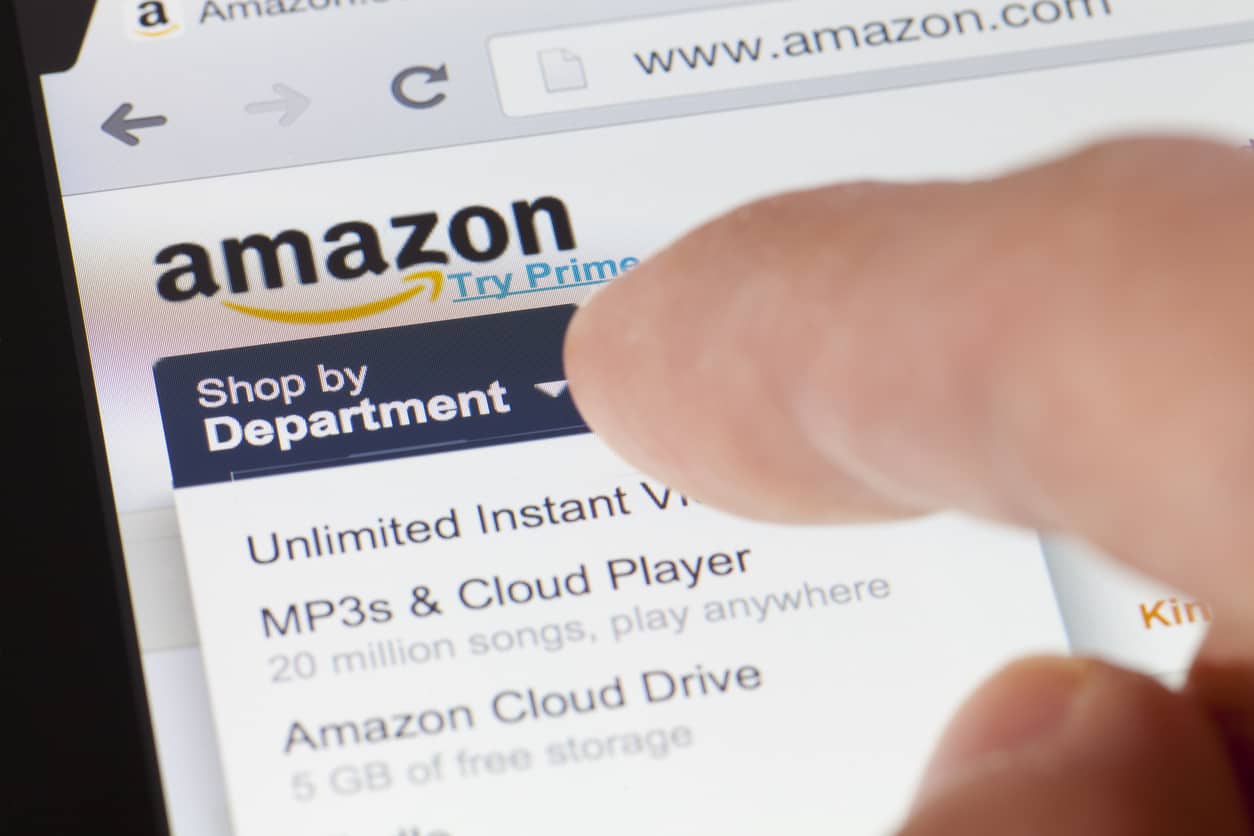
Margo Kahnrose
CMO @ Skai

Margo Kahnrose
CMO @ Skai
Online retail is changing quickly. As shopping behavior continues to evolve, some of the old rules will need to be revised. In this post, Skai’s SVP of Marketing, Margo Kahnrose, reflects on a recent change with Google ads that is a telling sign of where things are going.
Recently, Google changed their sitelink extensions policy, officially allowing brands to link from their product ads to select store pages they don’t own—starting with Amazon and Best Buy.
Though not very splashy news on the surface, it feels like another milestone in the transformation of ecommerce; another puzzle piece clicking into place for brands building a holistic, multi-channel digital strategy. With this sanction, the growing number of online retail brands who want to seal the deal on Amazon can more efficiently guide interested customers straight there.

Advertisers can now link their Google Ads to an Amazon or Best Buy page.
Of course, it’s been a whirlwind couple of years for digital marketers in the retail industry, and Search might not be the first channel that comes to mind among the growing number of sponsored product and shopping advertising options that are revolutionizing ecommerce today. Still, Search remains the largest and by many measures most effective piece of the digital pie, well-recognized for capturing and converting high-intent customers. And though tried and true, it’s not stuck in its ways, taking a note or two from Social and becoming increasingly visual, as well as optimized for a mobile-first shopper.
All of this helps ecommerce brands a lot. But whereas Facebook has long allowed brands the flexibility to link to third-party sites from their product ads, Google has limited sitelinks to strictly their own properties. This may have helped limit fraudulent advertising activity when it was rife, but also kept brands from being able to guide their customer pathways to purchase, to eliminate steps…something they now know they can actually expect.
Retail is having a transformative moment.
Just a few years ago, brands that did not sell direct-to-consumer had somewhat limited success with digital marketing. Their options for generating demand and driving traffic to their products were few and largely reliant on the retailers who sold for them. Measurement of these efforts made and dollars spent was even fuzzier, and these brands—many of the major household names—struggled to make a strong business case for the ROI of digital channels. So even as consumer behavior moved predominantly digital and mobile, their ad budgets were better spent driving awareness and brand affinity at the top of the funnel through more traditional channels like TV and out-of-home.

Retail is one of the fastest evolving sectors in business at the moment.
A couple of things have changed that trajectory. Disruptive direct-to-consumer (D2C) brands began to emerge, challenging category leaders with hyper-targeted messaging and creative on social media. An entirely new type of opt-in conversation began to occur between these companies and their target audiences, something that redefined “engagement”, something that felt—and was, in fact—pretty direct. In direct contrast to the Big Corporates of the past, new brand relationships, sticky ones, were built not based on legacy or even loyalty, but immediacy and relevance.
And, of course, there was Amazon, settling into position as not only the online retail marketplace to beat but an advertising juggernaut—in Q4 2018 we reported an increase in advertiser spend on Amazon of 5X since the previous January—and with a whole new approach, shifting everyone’s assumptions about where engagement happens and who had the right to drive it. Amazon is rapidly evening the playing field for brands perhaps not quite built for D2C but hungry for more opportunity, and especially transparency, in their digital performance.
Brands that were previously a step removed from the action online now have options to boost their own in-store visibility, drive conversions and connect the dots between the checkpoints that led to them. Other retailers, like Walmart, are rapidly following Amazon’s lead, providing brands with sponsored ad types, targeting options and better insights into what works, with whom.
The most sophisticated brands in online retail—be they traditional retailer based manufacturers or D2C—are jumping on all of these newfound opportunities and leveraging the best of each publisher and ad type to grow their ecommerce sales and remain competitive. The most successful are taking it even further, leveraging Skai to drive efficiencies at scale and unveil trustworthy measurement both within and across channels. This frees them up to get craftier with their creative, thanks to new Skai AI-based offerings like ad fatigue signals and weather-based triggers—and savvier with their investments using our new tools for audits and incrementality testing. They’re not only running effective ecommerce campaigns but gleaning deep insights about their products and where they should be placing their bets.
It’s a brave new world for ecommerce, and search, social and store advertising all have something to offer brands looking to sell online. It’s clear that the more holistic their strategy across these channels—from media mix to budget planning to campaign creation, management and measurement—the more in tune brands can be with how their customers seamlessly discover, explore and shop.
If you’re interested in developing your own holistic online retail strategy, we’d love to help. Get in touch
Note, a version of this post originally ran on Total Retail on April 11, 2019.
We use cookies on our website. Some of them are essential, while others help us to improve this website and your experience.
Here you will find an overview of all cookies used. You can give your consent to whole categories or display further information and select certain cookies.